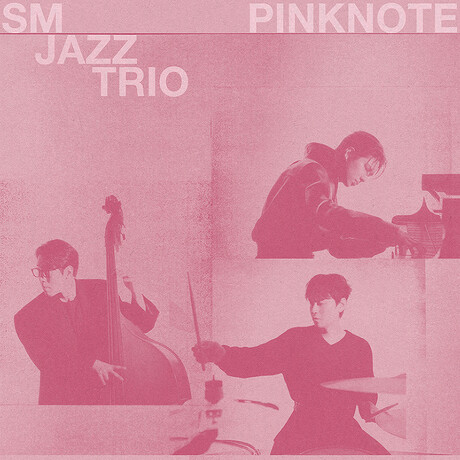Mumbai is home to the world's largest documented collection of Art Deco buildings, marking a century since the glamorous architectural style first emerged at a landmark exhibition in Paris in 1925. The Indian megacity has preserved over 1,500 buildings representing this distinctive style, though many remain hidden in plain sight as residents go about their daily lives unaware of the cultural treasures surrounding them.
The Art Deco movement exploded onto the global scene 100 years ago, quickly spreading from the famous pastel hotel facades of Miami's South Beach to the sprawling apartment complexes along Mumbai's Marine Drive seafront. The style's distinct characteristics include geometrical ziggurats, sweeping curves, sunburst designs, nautical elements, and circular or turreted rooftops that symbolized a complete break from the past and celebrated the dawn of a modern 20th-century age.
"It represented hope, optimism and speed, coinciding with the emergence of the motor car and also concrete as a building material, which when compared with stone, could be worked with in a tenth of the time and fifth of the cost," explained Atul Kumar, founder of the Art Deco Mumbai Trust and curator of a new exhibition celebrating the centenary. "It was not elaborate like Victorian Gothic design that preceded it, and came with a classicism and simplicity that has survived the test of time."
The architectural style transcended buildings to influence home interiors, furniture, fonts, jewelry, and some of the world's most iconic cinema halls, from Radio City Music Hall in New York City to the Regal, Liberty, and Eros theaters in Mumbai. What made Mumbai's relationship with Art Deco particularly fascinating was how comprehensively the city embraced the style across various building types, including schools, cinemas, bungalows, gas stations, and banks.
Unlike Miami, where Art Deco "arrived as a projection of leisure or spectacle," Mumbai's adoption was far more comprehensive. The style emerged during a period of economic transformation, driven by the city's modern, mercantile port-city energy. This widespread integration meant Art Deco became deeply embedded in the public imagination and remains relevant to Mumbai's emotional identity today.
The movement came to Mumbai during British colonial rule through India's first generation of homegrown architects, including pivotal figures like Chimanlal Master, Laxman Vishnu Sathe, and Gopalji Mulji Bhuta. These architects had studied at the Royal Institute of British Architects in London and returned home eager to introduce new European design sensibilities to counter the colonial imposition of Victorian architecture.
These Indian architects didn't simply copy European Art Deco but adapted and localized it, incorporating native design patterns and drawing inspiration from diverse local elements. They found inspiration in ocean liners docked at Mumbai's ports and integrated lattice screens typical of Mughal architecture. The British colonial authorities were initially dismissive, calling Art Deco "lesser architecture," but Kumar suggests they were threatened by this new style that signaled emerging Indian identities reshaping public spaces.
Over time, South Mumbai's skyline became a rich confluence of Indo-Saracenic, Gothic, and Art Deco buildings. Marine Drive alone features more than 30 Art Deco structures, while buildings like Shiv Shanti Bhuvan in Oval Maidan represent some of the earliest examples developed in the area. The grand Art Deco interiors often featured polished woods, elegant stones like granite and marble, creating opulent spaces that captured the glamour of early 20th-century design.
Today, Mumbai faces new challenges as rapid development threatens its architectural heritage. The city's building codes are now governed by real estate developers focused on maximizing floor space rather than stylistic considerations. Dozens of Art Deco buildings have already been demolished to make way for glass and steel facades, with hundreds more under threat.
Kumar has documented over 1,500 buildings that truly represent the Art Deco style, but only about 70 are officially protected. With authorities showing little interest in preservation, his organization engages directly with property owners, offering free repair and restoration consultancy services to prevent them from selling to developers for redevelopment projects.
"The response has been positive as people have seen the value of their real estate go up after the renovations," Kumar noted. Meanwhile, architects and designers like Nidhi Tekwani are reimagining Art Deco objects for contemporary use. Since original Art Deco furniture was often bulky, with light fixtures designed for high ceilings and elaborate dressing tables unsuitable for today's compact apartments, Tekwani aims to create sleeker products while preserving core Art Deco principles.
"The hope is to translate it to something modern and well-fitting of our current lifestyle requirements," Tekwani explained of her efforts to keep Art Deco a living tradition in a city that constantly reinvents itself. As Mumbai continues its rapid transformation, preserving and adapting this century-old architectural legacy represents both a challenge and an opportunity to maintain the city's unique cultural identity.
































